Ongoing Activities
Creation of The Bonaire Cave and Karst Park
This park is intended as a pilot project for the entire Bonaire Caves & Karst Nature Reserve. On a smaller scale, we will test management strategies and activities in this section of the reserve. It is of the essence for this project that the areas maintain its natural character as much as possible, therefore signs will be kept to a minimum and the walking paths will remain “rough”. It is intended that island visitors use formally trained local guides knowledgeable of the area to visit the park.
Fencing and removal of exotic herbivores
The first and perhaps most important feature that creates the opportunity to improve the vegetation in our karstic habitat, is the fencing that comes along with the project. Once the large exotic herbivores are removed, this fence provides a chance for the native vegetation to recover. The initial step entails 1,7 km of fencing to be placed around the perimeter of the Bonaire Cave & Karst Park.
Footpaths and hiking trails
In order to make noteworthy karst features like sinkholes and caves safely accessible to the general public, footpaths connecting these features will be opened. Additionally, hiking trails through the dry forest incorporating spectacular views to the sea, will allow people to tour the nature reserve and observe other important aspects of the Bonaire karst formation, like its geology, flora and fauna. We will initiate with approximately 4 Km of walking paths in the Bonaire Cave & Karst Park.
Signs
As much as possible, signs are being kept concealed until the nature reserve is entered and, once inside, signs welcome visitors, indicate parking areas, guide visitors on to the trails and provide information about the caves and karst’s flora and fauna.

Training of local cave tour guides
The project offers a comprehensive cave guide course including topics like basic karst geology, public speaking, tour guiding, cave safety (including ropes) and cave flora and fauna among others. After the project is completed, these courses will continue to be offered by the Caribbean Speleological Society (CARIBSS) on a regular basis. Only certified guides will be allowed to do tours in the caves on a professional basis.
Protecting caves from direct vehicle access
In order to largely reduce the likelihood of dumping solid and liquid waste in caves and sinkholes as well as other negative impacts by uncontrolled visits (e.g. high-volume loudspeakers on vehicles and fires at cave entrances), the project is erecting permanent roadblocks and creating parking lots near some of the most visited caves on the island, requiring visitors to walk the last 50-100 meters in order to access the caves. Signs welcoming visitors and indicating parking lots and walking directions are being placed.

Physical protection of bat maternity chambers
Despite their ecological importance (see Caves and Karst fauna), bat populations on Bonaire are threatened by uncontrolled visits to the caves that they use as daily and maternity roosts. Female bats on Caribbean islands give birth to only one offspring per year after a long pregnancy. For some species, the entire island population could be roosting in the same cave. Disturbances during their reproduction period can cause high mortality of lactating pups and inexperienced juveniles, causing a big decline in their population from which it can be very difficult to recover. In order to safeguard bat mothers and their pups, the project is building physical barriers made of stainless steel at the five bat maternity chambers known for Bonaire. Additionally, signs depicting the year cycles for each species will be placed next to the barriers.

Scientific research
The previously unknown life cycles of two species of insect-eating bats have been determined for Bonaire by this project. We found these species at a cave located in the Bakuna area, where scientific research was never conducted before. We defined the yearly patterns of use of this cave by 3 different bat species that inhabit it. We did this by conducting monthly captures at the cave entrance for 12 continuous months, using one harp trap and two 6-meter mist nets. Captured specimens provided us basic but essential information: species ID, gender, age, their reproductive condition (sexually active males, pregnant females, lactating females, post-lactating females), weight, parasites load and overall health. Additionally, we collectedt feces to look for microplastics and other contaminants. All individual bats captured were released after the data was collected. After 12 of these sessions, we know what species of bats are using this cave as a maternity chamber at what time of the year. This information is crucial to provide proper protection and management to these bat populations.


International recognition of the maternity cave under research as a “Site of Importance for Bat Conservation” (SICOM)
An official application was elaborated and presented during October 2018 to an international group of bat experts from the Latin America and Caribbean Bat Conservation Network (RELCOM) during a meeting in Honduras. The proposal was approved and we received the certificate in December 2018. Additionally, we presented an application for the Island of Klein Bonaire that was also approved. Both certificates were received in December 2018. These certificates are a strong point to justify elaboration of legislation for protection of these sites and areas. With these two additions, the Island of Bonaire has already four of these designations (see map).

Communication and outreach
The creation of this website, printed material and reaching the media (television, radio and newspapers) to promote and educate residents and visitors about the ecological importance of bats and their habitats found in the karst and caves of Bonaire is a very important part of this project.

